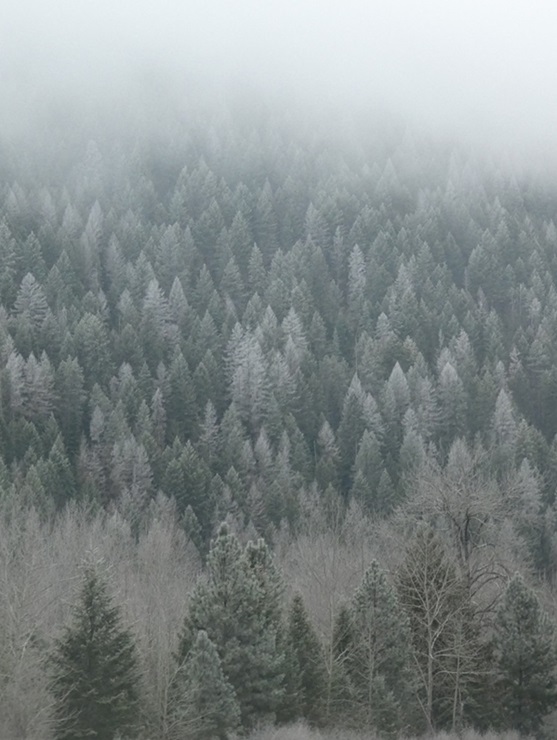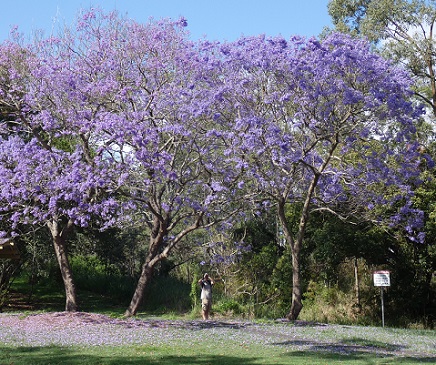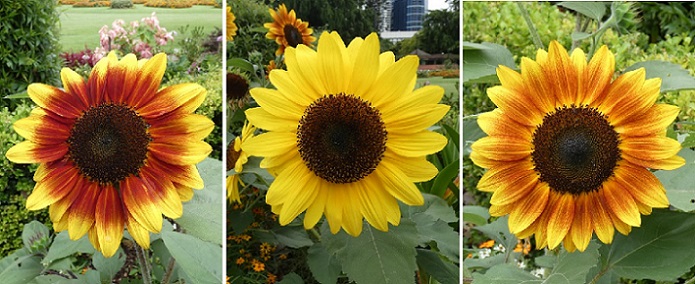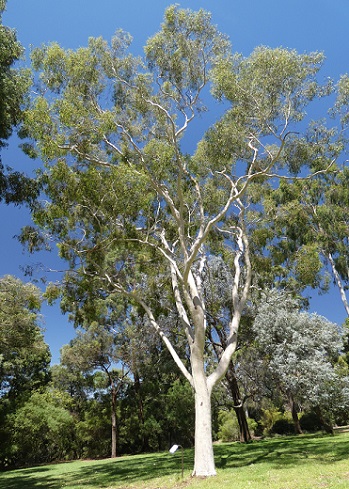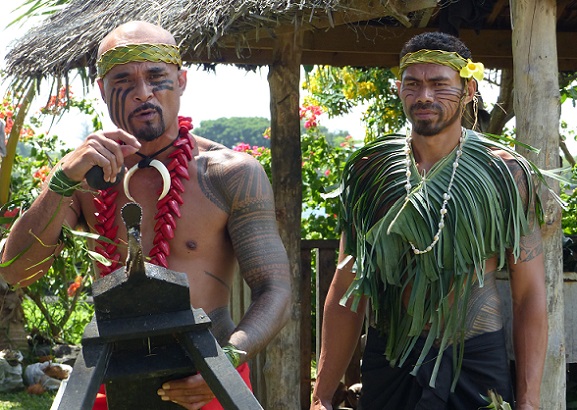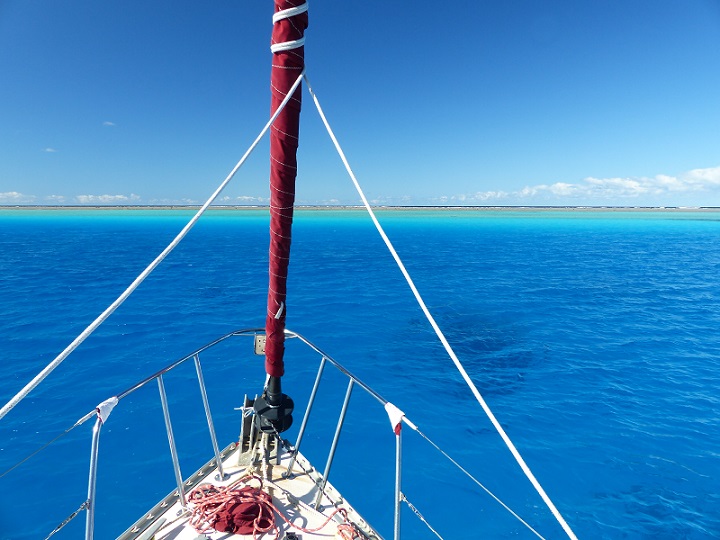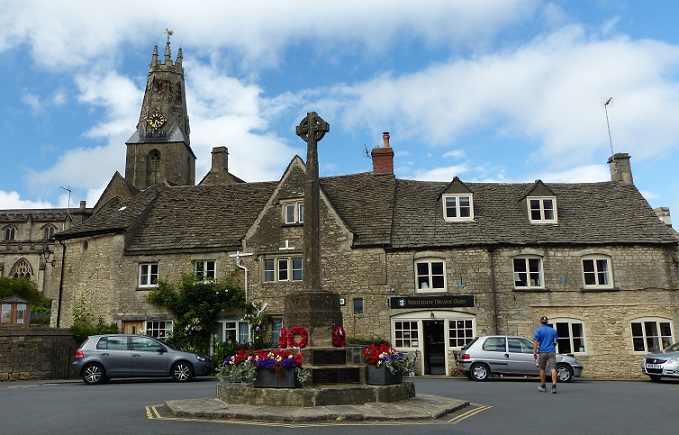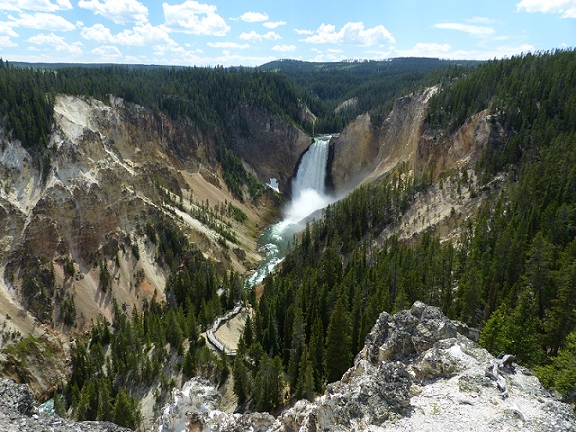
Tregoning
12 April 2024 | We are back aboard Tregoning in Mersin Marina, Mersin, Türkiye
02 April 2024 | We are in Toronto Airport, Canada: Tregoning is in Mersin Marina, Mersin, Türkiye
25 February 2024 | We are back in Gainesville, FL: Tregoning is in Mersin Marina, Mersin, Türkiye
18 February 2024 | We are in Glenwood, New Mexico: Tregoning is in Mersin Marina, Mersin, Türkiye
12 February 2024 | We are in Morro Bay, California: Tregoning is in Mersin Marina, Mersin, Türkiye
19 January 2024 | We are in Vancouver, BC Canada: Tregoning is in Mersin Marina, Mersin, Türkiye
01 January 2024 | We are in Washington State: Tregoning is in Mersin Marina, Mersin, Türkiye
15 December 2023 | We are in Minnesota: Tregoning is in Mersin Marina, Mersin, Türkiye
18 November 2023 | We are in Florida: Tregoning is in Mersin Marina, Mersin, Türkiye
29 October 2023 | We're in Florida - Tregoning is at B-dock, Mersin Marina, Mersin, Türkiye
21 October 2023 | 7 Oda Kapadokya Cave Hotel, Ürgüp, Türkiye
14 October 2023 | Hotel Aşikoğlu, Boğazkale, Türkiye
07 October 2023 | B-dock, Mersin Marina, Mersin, Türkiye
19 September 2023 | “Chez Jon & Angela”, Near Otterton, Devon, UK
14 September 2023 | Airbnb in Fortuneswell on the Isle of Portland, Dorset, UK
11 September 2023 | With Mike, Grange-over-Sands, Cumbria, UK
03 September 2023 | Ardington House, Ardington, Oxfordshire, UK
24 August 2023 | Near "Chez Joan and Peter", College of Roseisle, Moray, Scotland
11 August 2023 | Andrew's house (not exactly), Lichfield, UK
22 July 2023 | Chez Gail, near the New York Café, Budapest, Hungary
Big boulders, albatrosses, and penguins
02 December 2015 | Portobello Village Tourist Park, Portobello, South Island, New Zealand
Photo: Some of the Moeraki Boulders on Hampden Beach north of Dunedin, South Island, New Zealand
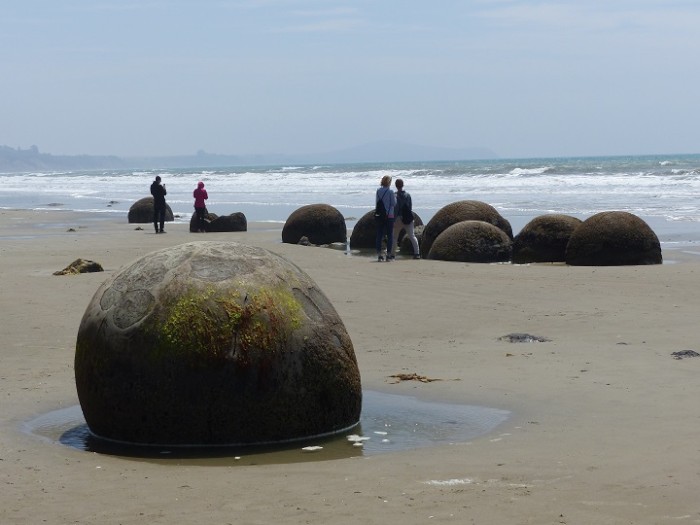
Leaving Temuka on Tuesday morning (December 1st), we drove just over 100 km (63 miles) south, and breezed through the port-city of Timaru, to get to our first stop for the day in Oamaru. Less than half the size of Timaru, Oamaru (population 12,900) has become a more popular tourist destination for two reasons; its architecture and its penguins. In the 1880s, Oamaru was a rich and ambitious city that was the same size as Los Angeles was at the time. Refrigerated meat-shipping had its origins nearby allowing the town to become wealthy enough to erect imposing buildings along its main street and by the waterfront. However, the town eventually overextended itself and by the end of the 19th century it was on the brink of bankruptcy. Further economic decline in the following century denied the town any incentive to demolish and replace the old buildings, as happened in many other town centers. By the end of the 20th century, the uniqueness of Oamaru’s Victorian streets was recognized, and the town has once more flourished but now as a tourist destination and film-set.
The warehouse and handsome office buildings of the Victorian Precinct on Harbour and Tyne Streets are now stuffed with cafés, gift shops, galleries, artisans’ workshops, bookshops, purveyors of various antiquarian goods, and (much to Randall’s delight) a Christmas-all-year-around store. The fire- and steam-spewing locomotive outside the nearby, quirky Steampunk HQ, attracts many photographers and visitors. And along the town’s central road of Thames Street there are numerous other handsome buildings constructed from the same pale-tan, local limestone, including an opera house, a church, a museum, District Council-offices, a court-house, and several banks.
If historic buildings are not your thing, then just a few blocks beyond the Victorian Precinct is the site of a blue penguin colony and around the adjacent headland, Cape Wanbrow is a colony of the much rarer yellow-eyed penguins. After wandering through the Victorian Precinct and sampling a baked-good on Thames Street, we made a quick visit to the Visitors Center at the blue penguin colony but, as we had suspected, there was not much to see until the merry-little birds came ashore at dusk. With other opportunities to see these curious birds further south, we continued on our way.
Our next stop, however, was not to see wildlife or old buildings but to see exactly what our friend Doria had been talking about when she recommended viewing the Moeraki Boulders. Following a steady stream of visitors down onto the long sandy Hampden Beach, we soon understood what had so captured Doria’s attention. Spherical boulders up to 2 m in diameter (7 feet) were scattered across the beach as if a bag of grey marbles had been carelessly spilled down the adjacent, shoreline slope. Most of them had cracks or appeared to have seams and a few were broken-open into irregularly shaped segments to reveal different colored layers and surfaces covered with small, rust-brown crystals.
The boulders are septarian concretions, which consist of mud, fine silt, and clay, cemented together by calcite. This cementation is particularly hard on the rim around the outside and weaker in the center, which is often somewhat hollow and lined with calcite crystals. The boulders would have started to form around some sort of nucleus (e.g., piece of bone, wood, or shell) in marine mud near the surface of the sea floor and the larger boulders are estimated to have taken 4 to 5.5 million years to grow. During that time 10 to 50 m (33 to 164 feet) of marine mud would have accumulated on the seafloor above them to eventually be compressed into mudstone. Coastal erosion would have released the boulders from the mudstone and concentrated them on the beach.
The cracks are called “septaria” and are filled with a different type of calcite (yellow or brown) from the bulk of the boulder (grey). The cracks would have appeared after the boulders were formed, and when a drop in sea level allowed fresh groundwater to flow through the enclosing mudstone, yellow or brown calcite filled them.
Walking on a path up the slowly crumbling cliff to a viewpoint above the beach, we saw the very top of a spherical boulder sticking out of the soil, suggesting that more of them were still underground waiting for erosion or rising sea-levels to set them free. Although this particular setting is dramatic, these spherical concretions are not unique to Moeraki and they have been found in several locations around the world.
Further down the coast, beyond the crowd of camera- and selfie-stick-wheeling tourists climbing all over the boulders, we could see the sleepy fishing village of Moeraki tucked in the curve of the bay and protected by a headland. Slightly surprisingly, this was the site of one of the first European settlements in New Zealand, with a whaling station established there in 1836.
Moving on, we followed Highway 1 until we were deep into the heart of Dunedin (population 121,000), where we turned-off and went in search of the i-SITE. This was in the very center of the city’s shopping area, on the edge of The Octagon. Having declared our interest in seeing birds, it was not long before we had paid for three tours and two nights at a campground. Eating a very late lunch in the central park, we lingered for a little while to absorb the very European ambiance of Dunedin. We admired some of the handsome late-19th century buildings made of Oamaru limestone, the massive statue of Robert Burns, and the city’s Christmas tree, to which the final strings of lights were being added.
Being careful to refuel before we left the city, we then made our way out onto the rugged Otago Peninsula. Forming the eastern border of Otago Harbour, which has Dunedin at its head, this 20 km-long (12 miles) peninsula is sparsely populated and has two large inlets on its western shore. Much like our visit to Banks Peninsula, near Christchurch, we were unlucky that low clouds were forming from the saturated wind blowing off the ocean. Thus, our views from the road running down the spine of the peninsula were rather limited.
After checking-in to the Portobello Village Tourist Park, about halfway along Otago Peninsula, we immediately left again to drive Taiaroa Head at the northernmost end. Known to the Maori as Pukekura, this headland has served as a defensive position since humans first arrived around 700 years ago. By 1600 AD, a fortified village (Pa) was built on the headland, with a permanent settlement at Otakou, 6 km (4 miles) south on the shoreline of Otago Harbour. The Maori population in this area by the time that Europeans arrived in the mid-1880s is estimated to have been about 2,000 people.
There has been a lighthouse on this headland to guide ships into the mouth of Otago Harbour since 1864. Twenty years later, fortifications with gun batteries were added to guard the approaches to Dunedin from Russian warships. At that time, the Russians were building their first Pacific naval base at Vladivostock for a Pacific Ocean Navy which caused alarm in the British colonial territories in the Pacific, and there was a diplomatic crisis between Britain and Russia because the latter had forcefully seized territory in Afghanistan. The Taiaroa Head defenses, which included a large, disappearing gun (which could be raised from, and lowered into, a system of tunnels), were not needed against the Russians but with additional equipment they were used as bases for troops in WW I and WW II.
Perhaps somewhat ironically, it was because military occupation of the headland created pathways and various flat areas, which had not naturally existed, that southern royal albatrosses started visiting Taiaroa Head in search of a suitable nesting area. Only coming to shore to breed, these huge ocean-dwelling birds, so graceful in flight, are ungainly on the land and not only need flat areas for their nests but often need quite long “runways” on which to stumble to a landing. Take-off requires considerable up-drafts of wind, making an exposed, steep headland with flat areas an ideal location for an albatross colony.
The first albatross egg was recorded there in 1920 but due to interference from people and predators it was not until 1938 that a chick was fledged successfully. The efforts of a Dunedin ornithologist, Dr. L.E. Richdale, were largely responsible for this success and by 1951, a full-time field officer was appointed to protect the albatrosses. The colony has continued since that time “…resulting in the longest continuous study and protection of any animal population”, as quoted from a brochure of the Royal Albatross Center, which coordinates public visits to the fortifications and albatrosses.
We were booked on the last albatross tour of the day, which had the unexpected bonus of including a quick visit to the fortifications as our guide had to go up there to turn-off the lights. However, the stars of the show for us were the albatrosses and even though it was cloudy, the strong winds were perfect flying conditions for them. There were four nests visible from the glass-fronted viewing room and the gun-emplacement, and each had parents incubating eggs. Over an incubation period of 11 weeks, these parents, which typically mate for life, take it in turns to sit on the egg or go out to sea to feed. We were lucky enough to see one set of parents swapping roles with, what looked like, a fair amount of gossiping in the process.
Eggs typically hatch in late-January and early-February, after which the parents spend a further 30 to 40 days taking turns to feed or protect their single chick. After that time, the parents will leave the large chick on its own but return separately to feed it every 2 to 3 days until the chick at 10 to 12 kilograms (22 - 27 lbs) is quite a bit heavier than its parents are (8 to 9 kilograms or 18 to 20 lbs). After a month of becoming more active by stretching its wings and walking around, while its feedings are reduced and it loses some weight, in September the chick will fledge. This usually involves a single take-off and then heading out to sea for 4 to 6 years, circumnavigating Antarctica. The parents will leave the colony to spend a year at sea, feeding and regaining the significant amount of weigh that they will have lost, and will then return the following September to start the breeding cycle again, to be repeated up to an age of 62 years-old (the record held at Taiaroa by “Grandma”).
The colony is intensively managed to assist the overall growth rate of this population and all albatrosses in the colony are monitored with each one wearing a unique set of colored leg bands. In 2014, the 500th chick that had been hatched in the colony (in 2007), returned to Taiaroa Head for the first time. It will not have been mature enough to breed at this first visit but would have returned to practice landings and take-off and to socialize with other “teenagers”. These juveniles are the most active and entertaining in the colony and we had the privilege to watch five of them interacting, with much head-nodding and unfolding of their 3 m (10 feet) wing span, as well as taking off and circling around the headland at speeds of up to 120 kph (75 mph).
Our visit to the viewing area had been preceded by an excellent talk by our guide and a short film where we learned a tremendous amount about the royal albatrosses and this particular colony. Afterwards, we had some time to wait in the Visitors Center before our next appointment for the day and the detailed exhibits there taught us more about the world’s 21 other species of albatross in four genera. Sadly, 17 of these species are globally threatened, largely due to invasive species in nesting areas and drownings caused by the birds getting hooked while trying to catch bait as the lines (often many km in length) are fed out from coastal longline fishing vessels.
Southern royal albatrosses are members of the genus of “great albatrosses”, Diomedea. With a body length of 115 cm (45 inches), they are considerably larger than the 90 cm-long short-tailed albatross and the 80 cm-long Laysan- and black-footed albatrosses that we had seen on Midway Island (35 and 32 inches, respectively). These species are members of the genus of “North Pacific albatrosses”, (Phoebastria).
The exhibits also described the various other wildlife that inhabits the Otago Peninsular. For example, to get to the viewing room we had walked through a huge, screaming area of ground-nesting red-billed gulls with their fluffy, freckled chicks, presumably also benefitting from the predator-proof fences that protect the albatrosses on the headland. From the viewing room, we could see a colony of Otago cormorants – these had been called Stewart Island shags but now were considered to be their own sub-species. They were similar to the pied shags that we saw around Whangarei but with an additional white wing bar. We also saw spotted shags on the cliffs on the east side of the Center’s car park. We had seen these greyer, indeed spotted, cormorants with the striking white neck stripe and black trousers before, on the West Coast near the pancake rocks.
We were able to spend plenty of time at the Center after our albatross tour because we were booked on the evening’s blue penguin tour, starting at 9:15 pm when it finally began to get dark (it is summer, remember). After a spirited introduction by our Maori guide, this tour involved taking the stairs and boardwalk down to Pilots Beach on the west side of the car park, where there was a large viewing platform. Although the beach is open during the day, access in the evenings is only permitted on a guided tour. Unlike our earlier tour with just four other people, we were joined by perhaps 40 other visitors to see the penguins. In both cases we were encouraged to take photographs but strictly without using flashes but there were special floodlights beaming out from under the blue penguin viewing-platform which made it easy to see the cheery little seabirds as they scurried ashore.
With an average length of 43 cm (17 inches) and standing height of 33 cm (14 inches), these slate-blue-backed penguins (their underparts are white) are the world’s smallest species of penguin. The commonest penguin in New Zealand, occurring all around the country, blue penguins (a.k.a. little blue penguins) are also found along the southern coasts of Australia, where they are often called fairy penguins. They breed on rocky shores but can occupy nests in burrows, under rock piles, or in dense vegetation that may be hundreds of meters inland, including almost up to the car park at Taiaroa Head. During the summer breeding season, the adults leave the nest at dawn and return from fishing at dusk. Only one parent will leave during egg incubation and early in the chicks’ life but both will leave to find enough food to feed larger chicks.
Arriving ashore is the most vulnerable time for penguins, when predators such as sharks and sea lions may be waiting nearby, so the blue penguins form groups when they are still in deep water and these rafts will quickly swim ashore together. The blue penguin tours each evening are timed to see several such rafts swim ashore with the members then scurrying up the stony beach and along, well-trodden trails through the coastal vegetation to their nests. At least most birds with food to deliver will scurry along but a few seemed to dawdle to preen (maybe they had little food to take home and regurgitate) or even seemed rather lost (perhaps the “teenagers of the penguin world).
With the platform built right next to the main route where the penguins streamed inland off the beach, we must have watched, at least, a hundred or so of them waddle by and it was a heart-warming sight to see them. It is presumed (we hope correctly) that the presence of humans on these viewing platforms is not detrimental to the blue penguin colonies (the one we briefly visited at Oamaru would have been very similar). On the whole, these colonial penguins are more endangered by land-use disruptions and the predations of introduced mammals (including feral cats and unleashed dogs) than by the respectful observation of non-interfering humans. The penguins that we were booked on a tour to see the following afternoon, however, are neither social in their habits nor are they at all tolerant of the presence of human-beings.
The warehouse and handsome office buildings of the Victorian Precinct on Harbour and Tyne Streets are now stuffed with cafés, gift shops, galleries, artisans’ workshops, bookshops, purveyors of various antiquarian goods, and (much to Randall’s delight) a Christmas-all-year-around store. The fire- and steam-spewing locomotive outside the nearby, quirky Steampunk HQ, attracts many photographers and visitors. And along the town’s central road of Thames Street there are numerous other handsome buildings constructed from the same pale-tan, local limestone, including an opera house, a church, a museum, District Council-offices, a court-house, and several banks.
If historic buildings are not your thing, then just a few blocks beyond the Victorian Precinct is the site of a blue penguin colony and around the adjacent headland, Cape Wanbrow is a colony of the much rarer yellow-eyed penguins. After wandering through the Victorian Precinct and sampling a baked-good on Thames Street, we made a quick visit to the Visitors Center at the blue penguin colony but, as we had suspected, there was not much to see until the merry-little birds came ashore at dusk. With other opportunities to see these curious birds further south, we continued on our way.
Our next stop, however, was not to see wildlife or old buildings but to see exactly what our friend Doria had been talking about when she recommended viewing the Moeraki Boulders. Following a steady stream of visitors down onto the long sandy Hampden Beach, we soon understood what had so captured Doria’s attention. Spherical boulders up to 2 m in diameter (7 feet) were scattered across the beach as if a bag of grey marbles had been carelessly spilled down the adjacent, shoreline slope. Most of them had cracks or appeared to have seams and a few were broken-open into irregularly shaped segments to reveal different colored layers and surfaces covered with small, rust-brown crystals.
The boulders are septarian concretions, which consist of mud, fine silt, and clay, cemented together by calcite. This cementation is particularly hard on the rim around the outside and weaker in the center, which is often somewhat hollow and lined with calcite crystals. The boulders would have started to form around some sort of nucleus (e.g., piece of bone, wood, or shell) in marine mud near the surface of the sea floor and the larger boulders are estimated to have taken 4 to 5.5 million years to grow. During that time 10 to 50 m (33 to 164 feet) of marine mud would have accumulated on the seafloor above them to eventually be compressed into mudstone. Coastal erosion would have released the boulders from the mudstone and concentrated them on the beach.
The cracks are called “septaria” and are filled with a different type of calcite (yellow or brown) from the bulk of the boulder (grey). The cracks would have appeared after the boulders were formed, and when a drop in sea level allowed fresh groundwater to flow through the enclosing mudstone, yellow or brown calcite filled them.
Walking on a path up the slowly crumbling cliff to a viewpoint above the beach, we saw the very top of a spherical boulder sticking out of the soil, suggesting that more of them were still underground waiting for erosion or rising sea-levels to set them free. Although this particular setting is dramatic, these spherical concretions are not unique to Moeraki and they have been found in several locations around the world.
Further down the coast, beyond the crowd of camera- and selfie-stick-wheeling tourists climbing all over the boulders, we could see the sleepy fishing village of Moeraki tucked in the curve of the bay and protected by a headland. Slightly surprisingly, this was the site of one of the first European settlements in New Zealand, with a whaling station established there in 1836.
Moving on, we followed Highway 1 until we were deep into the heart of Dunedin (population 121,000), where we turned-off and went in search of the i-SITE. This was in the very center of the city’s shopping area, on the edge of The Octagon. Having declared our interest in seeing birds, it was not long before we had paid for three tours and two nights at a campground. Eating a very late lunch in the central park, we lingered for a little while to absorb the very European ambiance of Dunedin. We admired some of the handsome late-19th century buildings made of Oamaru limestone, the massive statue of Robert Burns, and the city’s Christmas tree, to which the final strings of lights were being added.
Being careful to refuel before we left the city, we then made our way out onto the rugged Otago Peninsula. Forming the eastern border of Otago Harbour, which has Dunedin at its head, this 20 km-long (12 miles) peninsula is sparsely populated and has two large inlets on its western shore. Much like our visit to Banks Peninsula, near Christchurch, we were unlucky that low clouds were forming from the saturated wind blowing off the ocean. Thus, our views from the road running down the spine of the peninsula were rather limited.
After checking-in to the Portobello Village Tourist Park, about halfway along Otago Peninsula, we immediately left again to drive Taiaroa Head at the northernmost end. Known to the Maori as Pukekura, this headland has served as a defensive position since humans first arrived around 700 years ago. By 1600 AD, a fortified village (Pa) was built on the headland, with a permanent settlement at Otakou, 6 km (4 miles) south on the shoreline of Otago Harbour. The Maori population in this area by the time that Europeans arrived in the mid-1880s is estimated to have been about 2,000 people.
There has been a lighthouse on this headland to guide ships into the mouth of Otago Harbour since 1864. Twenty years later, fortifications with gun batteries were added to guard the approaches to Dunedin from Russian warships. At that time, the Russians were building their first Pacific naval base at Vladivostock for a Pacific Ocean Navy which caused alarm in the British colonial territories in the Pacific, and there was a diplomatic crisis between Britain and Russia because the latter had forcefully seized territory in Afghanistan. The Taiaroa Head defenses, which included a large, disappearing gun (which could be raised from, and lowered into, a system of tunnels), were not needed against the Russians but with additional equipment they were used as bases for troops in WW I and WW II.
Perhaps somewhat ironically, it was because military occupation of the headland created pathways and various flat areas, which had not naturally existed, that southern royal albatrosses started visiting Taiaroa Head in search of a suitable nesting area. Only coming to shore to breed, these huge ocean-dwelling birds, so graceful in flight, are ungainly on the land and not only need flat areas for their nests but often need quite long “runways” on which to stumble to a landing. Take-off requires considerable up-drafts of wind, making an exposed, steep headland with flat areas an ideal location for an albatross colony.
The first albatross egg was recorded there in 1920 but due to interference from people and predators it was not until 1938 that a chick was fledged successfully. The efforts of a Dunedin ornithologist, Dr. L.E. Richdale, were largely responsible for this success and by 1951, a full-time field officer was appointed to protect the albatrosses. The colony has continued since that time “…resulting in the longest continuous study and protection of any animal population”, as quoted from a brochure of the Royal Albatross Center, which coordinates public visits to the fortifications and albatrosses.
We were booked on the last albatross tour of the day, which had the unexpected bonus of including a quick visit to the fortifications as our guide had to go up there to turn-off the lights. However, the stars of the show for us were the albatrosses and even though it was cloudy, the strong winds were perfect flying conditions for them. There were four nests visible from the glass-fronted viewing room and the gun-emplacement, and each had parents incubating eggs. Over an incubation period of 11 weeks, these parents, which typically mate for life, take it in turns to sit on the egg or go out to sea to feed. We were lucky enough to see one set of parents swapping roles with, what looked like, a fair amount of gossiping in the process.
Eggs typically hatch in late-January and early-February, after which the parents spend a further 30 to 40 days taking turns to feed or protect their single chick. After that time, the parents will leave the large chick on its own but return separately to feed it every 2 to 3 days until the chick at 10 to 12 kilograms (22 - 27 lbs) is quite a bit heavier than its parents are (8 to 9 kilograms or 18 to 20 lbs). After a month of becoming more active by stretching its wings and walking around, while its feedings are reduced and it loses some weight, in September the chick will fledge. This usually involves a single take-off and then heading out to sea for 4 to 6 years, circumnavigating Antarctica. The parents will leave the colony to spend a year at sea, feeding and regaining the significant amount of weigh that they will have lost, and will then return the following September to start the breeding cycle again, to be repeated up to an age of 62 years-old (the record held at Taiaroa by “Grandma”).
The colony is intensively managed to assist the overall growth rate of this population and all albatrosses in the colony are monitored with each one wearing a unique set of colored leg bands. In 2014, the 500th chick that had been hatched in the colony (in 2007), returned to Taiaroa Head for the first time. It will not have been mature enough to breed at this first visit but would have returned to practice landings and take-off and to socialize with other “teenagers”. These juveniles are the most active and entertaining in the colony and we had the privilege to watch five of them interacting, with much head-nodding and unfolding of their 3 m (10 feet) wing span, as well as taking off and circling around the headland at speeds of up to 120 kph (75 mph).
Our visit to the viewing area had been preceded by an excellent talk by our guide and a short film where we learned a tremendous amount about the royal albatrosses and this particular colony. Afterwards, we had some time to wait in the Visitors Center before our next appointment for the day and the detailed exhibits there taught us more about the world’s 21 other species of albatross in four genera. Sadly, 17 of these species are globally threatened, largely due to invasive species in nesting areas and drownings caused by the birds getting hooked while trying to catch bait as the lines (often many km in length) are fed out from coastal longline fishing vessels.
Southern royal albatrosses are members of the genus of “great albatrosses”, Diomedea. With a body length of 115 cm (45 inches), they are considerably larger than the 90 cm-long short-tailed albatross and the 80 cm-long Laysan- and black-footed albatrosses that we had seen on Midway Island (35 and 32 inches, respectively). These species are members of the genus of “North Pacific albatrosses”, (Phoebastria).
The exhibits also described the various other wildlife that inhabits the Otago Peninsular. For example, to get to the viewing room we had walked through a huge, screaming area of ground-nesting red-billed gulls with their fluffy, freckled chicks, presumably also benefitting from the predator-proof fences that protect the albatrosses on the headland. From the viewing room, we could see a colony of Otago cormorants – these had been called Stewart Island shags but now were considered to be their own sub-species. They were similar to the pied shags that we saw around Whangarei but with an additional white wing bar. We also saw spotted shags on the cliffs on the east side of the Center’s car park. We had seen these greyer, indeed spotted, cormorants with the striking white neck stripe and black trousers before, on the West Coast near the pancake rocks.
We were able to spend plenty of time at the Center after our albatross tour because we were booked on the evening’s blue penguin tour, starting at 9:15 pm when it finally began to get dark (it is summer, remember). After a spirited introduction by our Maori guide, this tour involved taking the stairs and boardwalk down to Pilots Beach on the west side of the car park, where there was a large viewing platform. Although the beach is open during the day, access in the evenings is only permitted on a guided tour. Unlike our earlier tour with just four other people, we were joined by perhaps 40 other visitors to see the penguins. In both cases we were encouraged to take photographs but strictly without using flashes but there were special floodlights beaming out from under the blue penguin viewing-platform which made it easy to see the cheery little seabirds as they scurried ashore.
With an average length of 43 cm (17 inches) and standing height of 33 cm (14 inches), these slate-blue-backed penguins (their underparts are white) are the world’s smallest species of penguin. The commonest penguin in New Zealand, occurring all around the country, blue penguins (a.k.a. little blue penguins) are also found along the southern coasts of Australia, where they are often called fairy penguins. They breed on rocky shores but can occupy nests in burrows, under rock piles, or in dense vegetation that may be hundreds of meters inland, including almost up to the car park at Taiaroa Head. During the summer breeding season, the adults leave the nest at dawn and return from fishing at dusk. Only one parent will leave during egg incubation and early in the chicks’ life but both will leave to find enough food to feed larger chicks.
Arriving ashore is the most vulnerable time for penguins, when predators such as sharks and sea lions may be waiting nearby, so the blue penguins form groups when they are still in deep water and these rafts will quickly swim ashore together. The blue penguin tours each evening are timed to see several such rafts swim ashore with the members then scurrying up the stony beach and along, well-trodden trails through the coastal vegetation to their nests. At least most birds with food to deliver will scurry along but a few seemed to dawdle to preen (maybe they had little food to take home and regurgitate) or even seemed rather lost (perhaps the “teenagers of the penguin world).
With the platform built right next to the main route where the penguins streamed inland off the beach, we must have watched, at least, a hundred or so of them waddle by and it was a heart-warming sight to see them. It is presumed (we hope correctly) that the presence of humans on these viewing platforms is not detrimental to the blue penguin colonies (the one we briefly visited at Oamaru would have been very similar). On the whole, these colonial penguins are more endangered by land-use disruptions and the predations of introduced mammals (including feral cats and unleashed dogs) than by the respectful observation of non-interfering humans. The penguins that we were booked on a tour to see the following afternoon, however, are neither social in their habits nor are they at all tolerant of the presence of human-beings.
Comments
| Vessel Name: | Tregoning |
| Vessel Make/Model: | Morgan Classic 41 |
| Hailing Port: | Gainesville, FL |
| Crew: | Alison and Randall |
| About: | We cast-off from Fernandina Beach in north Florida on 1st June 2008 and we have been cruising on Tregoning ever since. Before buying Tregoning, both of us had been sailing on smaller boats for many years and had worked around boats and water throughout our careers. |
| Extra: | “Tregoning” (rhymes with “belonging”) and is a Cornish word (meaning “homestead of Cohnan” or “farm by the ash trees”) and was Alison's mother’s middle name. Cornwall is in southwest England and is where Alison grew-up. |
Tregoning's Photos - Main
 |
Extra photographs from our three-week campervan tour of the South Island from November 15th to December 5th 2015
217 Photos
Created 4 January 2016
|
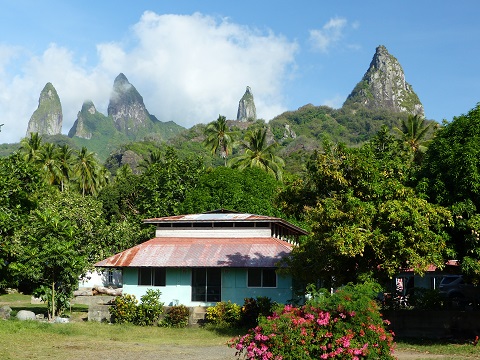 |
Random pictures from our month spent on the islands of Hiva Oa, Tahuata, Ua Pou, and Nuku Hiva
45 Photos
Created 18 July 2015
|
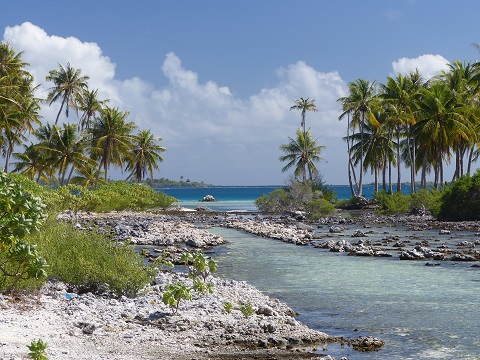 |
Random pictures from our month spent in 4 Tuamotu Atolls; Ahe, Fakarava, Tahanea, and Toau
32 Photos
Created 1 July 2015
|
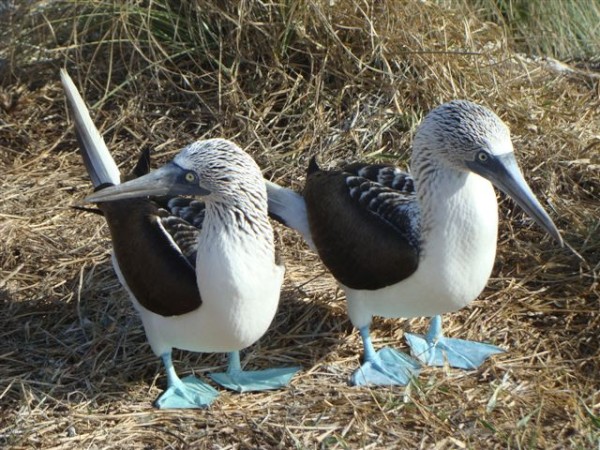 |
Some of the birds, fish, reptiles, and mammals (and others) that we have seen in Mexico
74 Photos
Created 5 May 2014
|
Tregoning

Who: Alison and Randall
Port: Gainesville, FL
